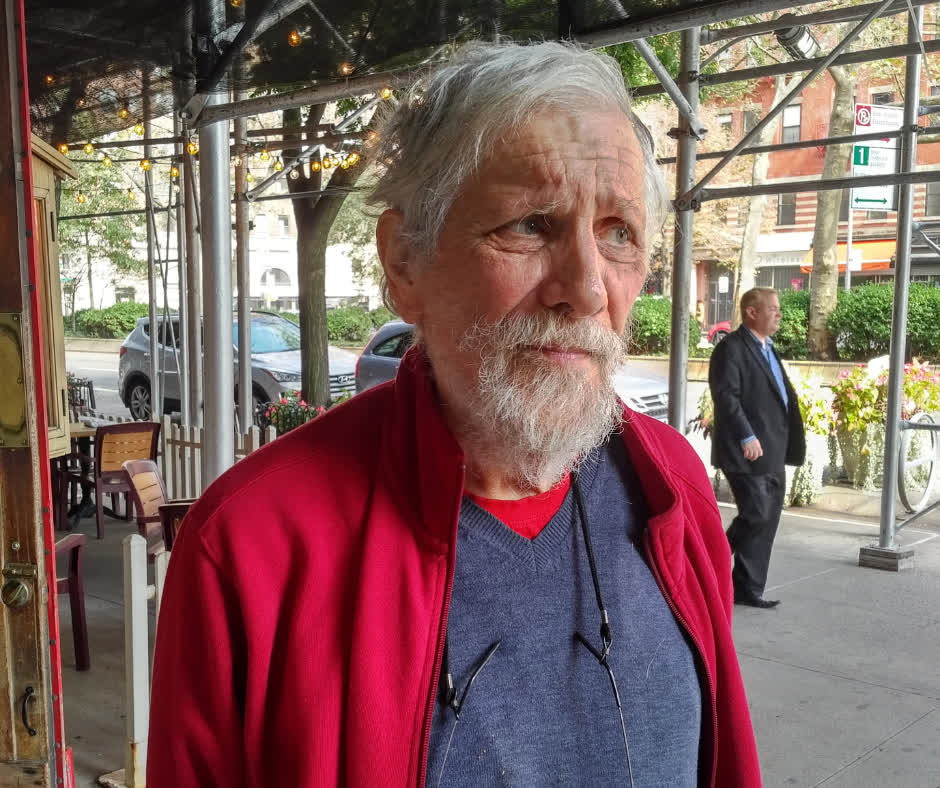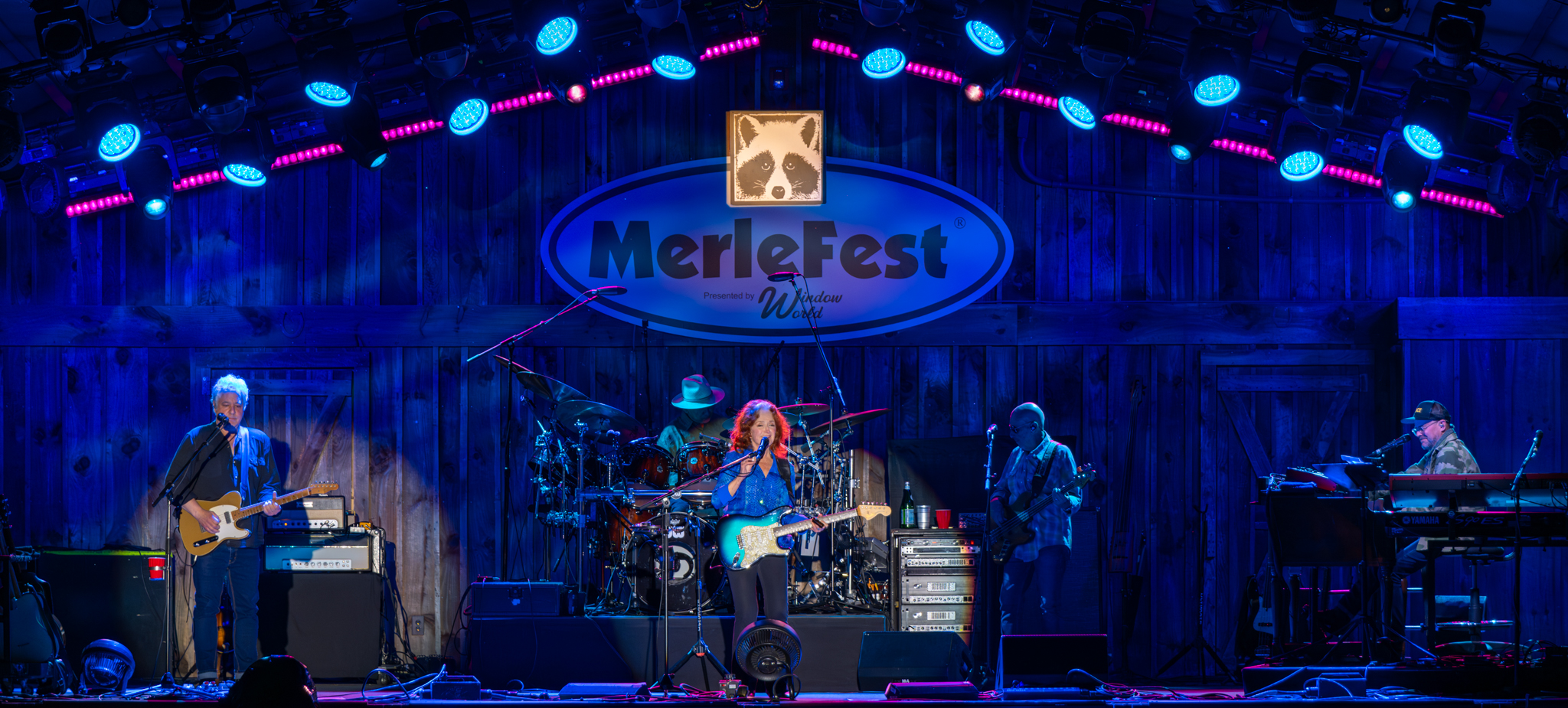LAS VEGAS – Auerbach Pollock Friedlander and Auerbach Glasow French recently completed theatre design and consulting work on three venues at Las Vegas CityCenter's ARIA Resort & Casino: Viva ELVIS by Cirque du Soleil, the ARIA Convention Center and the Haze Nightclub. The ARIA Resort & Casino is considered the centerpiece of CityCenter, the largest privately funded development in the U.S. CityCenter is also the world's largest Green complex, achieving LEED (Leadership in Energy and Environment Design) certification from the U.S. Green Building Council.
Viva ELVIS by Cirque du Soleil
The 1,840-seat theatre for Viva ELVIS is the seventh permanent venue in Las Vegas for Cirque du Soleil. The new structure, integrated within the ARIA Resort & Casino was specifically designed to accommodate the design and production requirements by Cirque du Soleil for the production of Viva ELVIS.
Auerbach Pollock Friedlander's collaboration with Cirque du Soleil, the MGM MIRAGE Design Group and architects Pelli Clarke, Pelli, Gensler and HKS, Inc. enabled the design and development of the theatrical systems to be integrated with the building, supporting the show's unique performance requirements.
"From day one Auerbach was involved in the design of the Elvis Theater; they understood our process and they knew where we wanted to end," said Stéphane Mongeau, executive producer of Viva ELVIS. "They have been instrumental in the design and development of the ELVIS Theater."
Auerbach Pollock Friedlander collaborated in the implementation of Cirque du Soleil's theatre concept by Johnny Boivin and on the development of the theatrical systems to support the production, including the development of Cirque du Soleil's criteria for the audience areas and the technical systems such as stage machinery and its rigging and automation, the theatrical lighting control and the audio-video systems.
The show takes place on one of the largest proscenium stages in North America, conceived as a large cruciform stage with rear and side stages that are the full height of the 104 foot high grid. The stage was conceived in anticipation of the large-scale designs of Cirque's production by Mark Fisher.
As the production evolved, the need for flexibility was met with an array of 17 stage lifts, performer lifts and "sloats." The aerial acrobatics, designed by Guy St-Amour, were facilitated by an overhead track and trolley system with multiple performer winches that travel horizontally and vertically at high speed. All of the motorized overhead rigging and stage machinery is controlled by an integrated automation system designed for safe and three-dimensionally choreographed acrobatic and scenic moves.
The performance sound system was designed to meet the creative demands of the presentation of the music by Cirque's sound designer, Jonathan Deans. The design of the lighting system follows the intent of designer Marc Brickman's approach to a syncopated lighting dynamic.
In addition to the design and specification of the theatrical systems, Auerbach Pollock Friedlander also managed the facilitation of the theatrical contractor's work during the construction process.
"Auerbach Pollock Friedlander provided a full range of technical and design expertise throughout the design and construction of the ELVIS Theater. They worked with us as true partners to achieve our goals for the theater and the highly complex theatrical systems that make up the backbone of Viva ELVIS," said Ray Forton, theater
projects administrator for Cirque du Soleil.
Auerbach Glasow French provided architectural lighting design for the theatre interior and related public spaces, working with the MGM MIRAGE Design Group, HKS, Inc., interior designer Cleo Design and Cirque du Soleil designers to capture the feeling of the ELVIS show through the architectural lighting.
The lighting for the public space surrounds patrons in the lobby with color and movement, which intensify as show time draws near. The feeling in the lobby carries through to the theatre and is expressed again in the audience chamber as the show begins.
Viva ELVIS opened February 19, 2010.
Convention Center
Just past the theatre is the 300,000-square-foot, three level convention center. Auerbach Pollock Friedlander joined the Convention Center project team in mid-2006. These meeting facilities are intended to support events ranging from the most basic meetings to awards shows and live televised pay-per-view athletic events.
Auerbach Pollock Friedlander's work included planning and design of the theatrical and event services elements of the facility, development of the ballroom and meeting room rigging concept, and design of the theatrical systems including the ballroom stage rigging systems and the theatrical and architectural lighting control systems serving the public spaces.
At the ballroom stages, Auerbach Pollock Friedlander proposed the use of automated rigging in place of a conventional double-purchase counterweight scheme. The automated rigging allows for significantly reduced load to building structure and results in more efficient use of the limited stage floor area and provides ongoing savings in turnover time and staffing.
In support of sustainable design and the project's value engineering objectives, Auerbach Pollock Friedlander proposed an Ethernet-based transport scheme for the theatrical and architectural lighting control signals.
The ARIA Convention Center, which opened in December 2009, has been awarded LEED Gold Certified status by the U. S. Green Building Council.
Haze Nightclub
The 25,000 square foot Haze Nightclub is the feature nightspot for the 67-acre development located between the Bellagio and Monte Carlo resorts and is operated by The Light Group.
Auerbach Pollock Friedlander provided theatre consulting for the performance lighting and rigging, collaborating with HKS, Inc., Gensler, John Lyons Systems and the MGM MIRAGE Design Group on the design of the nightclub and performance systems.
The firm advised on adapting the initial audience experience design concepts developed by I©RAVE into performance systems that would provide a virtual toolbox of room modes and looks to continuously change the scale and feel of the dance floor to match the highly fluid nightly program.
"The concept of Haze Nightclub was really foremost based on the theatrical and audio-visual experience, rather than it being added as a secondary element to the design" W. Sidney Pemberton, design project manager for Gensler, explained.
"Because of that, Haze delivers a unique and evolving environment filled with sights and
sounds that set it apart from the other nightclubs in Las Vegas. Auerbach Pollock Friedlander and John Lyons Systems did an amazing job of delivering a theatrical and audio-visual design from the latest technology that complements the design team's vision of what a truly dynamic nightclub experience Haze would be. Haze continues to be the talk of the town for Las Vegas nightlife entertainment."
Working with the design team, Auerbach Pollock Friedlander developed a performance lighting system integrated into the fixed architectural lighting, allowing for unified control of all lighting within public spaces. A distributed fog and haze atmospheric effects system highlights the overhead fixed and moving head lighting fixtures above the dance floor.
Almost 200 LED color-mixing fixtures line the rear "wall of light" at the dance floor providing dramatic multi-color lighting effects that wash the entire nightclub and accentuate a performance catwalk for performer and patron dancing high above the main floor.
The centerpiece of the nightclub is a series of articulating truss units above the dance floor populated with performance lighting equipment. Each truss unit has independent height, pitch and roll adjustment that allows the ceiling to appear to change the volume and profile of the area around the dance floor and create new visual effects for the patrons below.
Auerbach Pollock Friedlander collaborated with the design team to develop a system that would allow for fast and dynamic changes to the ceiling trusses while assuring patron and staff safety.
The Haze Nightclub opened in December 2009.
Viva ELVIS by Cirque du Soleil: Showroom Details:
Viva ELVIS by Cirque du Soleil required a room design that harkens back to the nightlife of Las Vegas in the 1950s. The room features design touches including curving aisles, rose woodwork and side wall drapery. The center section of the room has been appointed with communal "banquet" seating.
Other design features include:
- Extensive technical catwalks over the seating area that support the lighting and
technical systems required in the front of house area.
- The control suite is configured to fulfill the requirements of
automation, lighting, projection and audio controls. The control suite
contains a total of 1,450 square feet of booth space and 102 linear feet of
glass that overviews the entire performance space.
- The 19,200 square foot cruciform shaped stage area is able to
accommodate spectacular large scenic elements, some weighing more than 60,000 lbs.
- The 80 foot wide proscenium opening required the largest curved fire
curtain in the world.
Building Infrastructure
The integration of theatrical systems required extensive design and
coordination of building infrastructure to accommodate the latest technology.
Auerbach Pollock Friedlander developed criteria and coordinated the theatrical
systems infrastructure within the building to achieve independent and reliable
operation.
- All spaces, including rehearsal halls, technical offices, training rooms,
dressing rooms, shoe and costume maintenance, green rooms and the
technical grid, are interconnected with sound, video and communication
system from the stage area.
- The structural support systems were developed in conjunction with Thornton
Tomasetti Engineers for the extensive automated rigging system and
included 100 linear feet of "winch farm" supporting the control of up to 40
individually controlled motorized winches.
In addition, five automated trolleys with 12 individual winches are supported below the 19,200 square foot bar grating grid. These trolleys and winches are used to move performers and scenic elements from one side of the stage to the other.
Three high speed fiber optic data and communications networks were installed in the new space. These completely independent systems are set up to ensure that the automation, lighting and audio-video systems can function separately and be synchronized with one another. Each system is provided with a minimum RAID-1 hard drive array to help ensure complete system redundancy.
Stage Machinery
The equipment conceived by Cirque du Soleil designers is designed to support memorable visual effects. Auerbach Pollock Friedlander developed an infrastructure of stage machinery to the specifications of the production, including:
- 17 stage lifts with a total surface area of 3,736 square feet. The largest stage lift, weighing an estimated 265,000 lbs and measuring 1,350 square feet, can travel at 1 ft/sec and is supporting eight additional stage lifts that can also travel at the same speed.
- The center lift, measuring 20' x 20' can travel at 2 ft/sec and is fitted with a horizontally traversing cover which allows scenery to be reconfigured in the basement area while new scenery is revealed directly above it.
Rigging and Automation
The theatre has been designed and equipped with recently-developed theatrical automation. The movement of all mechanical elements is controlled by a series of control consoles which are located within visual contact of the moving elements.
One such location is the extensive technical grid over the stage area. This space is designed with a series of removable bar grating panels and the resulting flexibility is used to accommodate all manner of specialty rigging.
- Five motorized overhead trolleys are integrated with wireless control travel at a speed of 6 ft/sec for transporting scenery and performers. These trolleys are fitted with vertical hoists as well as rotational axis. The most complex trolley unit consists of four vertical hoists and one trolley rotating assembly allowing performers or scenery to be moved vertically, horizontally and rotated simultaneously. There are a total of 12 vertical hoists, five drive assemblies and one rotational drive assembly.
- A six panel motorized LED project screen traverses upstage of the scenery allowing the extensive projections of the production to be blended into the action. These six separate projection surfaces are deployed and retracted as the production subtly shifts the audience's visual perceptions of the music from projected image to the scenic images and the performers.
- Eight high capacity fixed winch assemblies are positioned on the grid surface to assist with the movement of a 60,000 lb scenic element in and out of the space.
- 10 motorized lighting trusses properly position the extensive theatrical lighting inventory to the proper elevation and position to light the performers and scenic elements.
- 21 motorized multi line winches are used for moving scenic elements.
- The control console can be plugged into any one of 20 Control Point/E-Stop locations and there are an additional 15 E-Stop locations throughout the stage area.
Audio-Video Systems
Auerbach Pollock Friedlander also designed the sound, video and production communication systems for the space in collaboration with Cirque du Soleil's audio staff and production sound designer, Jonathan Deans.
- More than 20 production fixed-focus and remote-controllable color video
cameras are routed through a 26-channel modulated video system for
monitoring of performers, musicians and critical backstage systems.
- A fiber and CAT-5E backbone provides interconnectivity for current systems
and future expansion.
- An FM assisted-listening system for the hearing impaired is provided
throughout the space. Additional systems are also provided for use with onstage
"practical" sound effects units.
- Over 300 device panels and wall plates are fed from an extensive analog
and digital wiring infrastructure using both copper and fiber-optic cabling.



